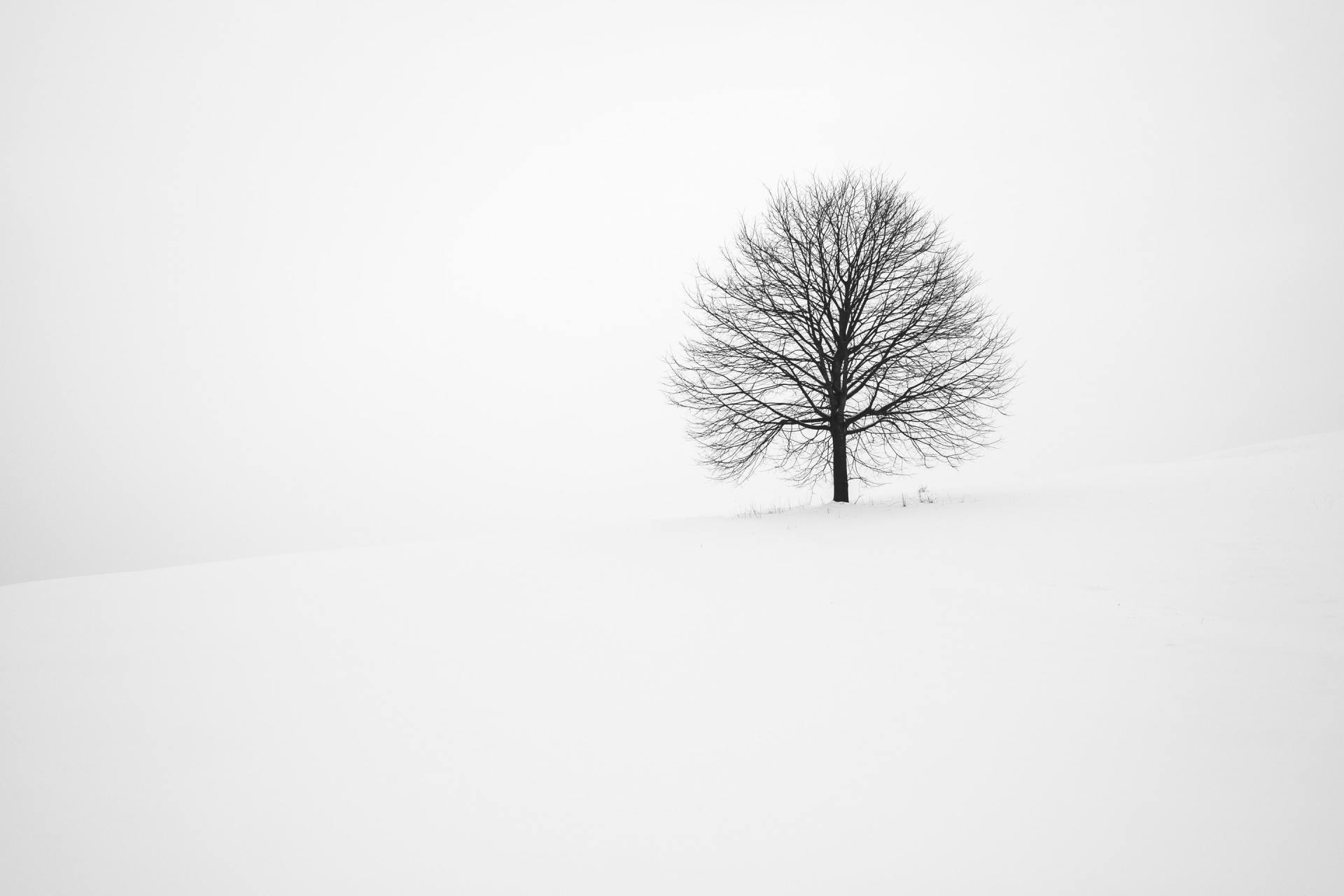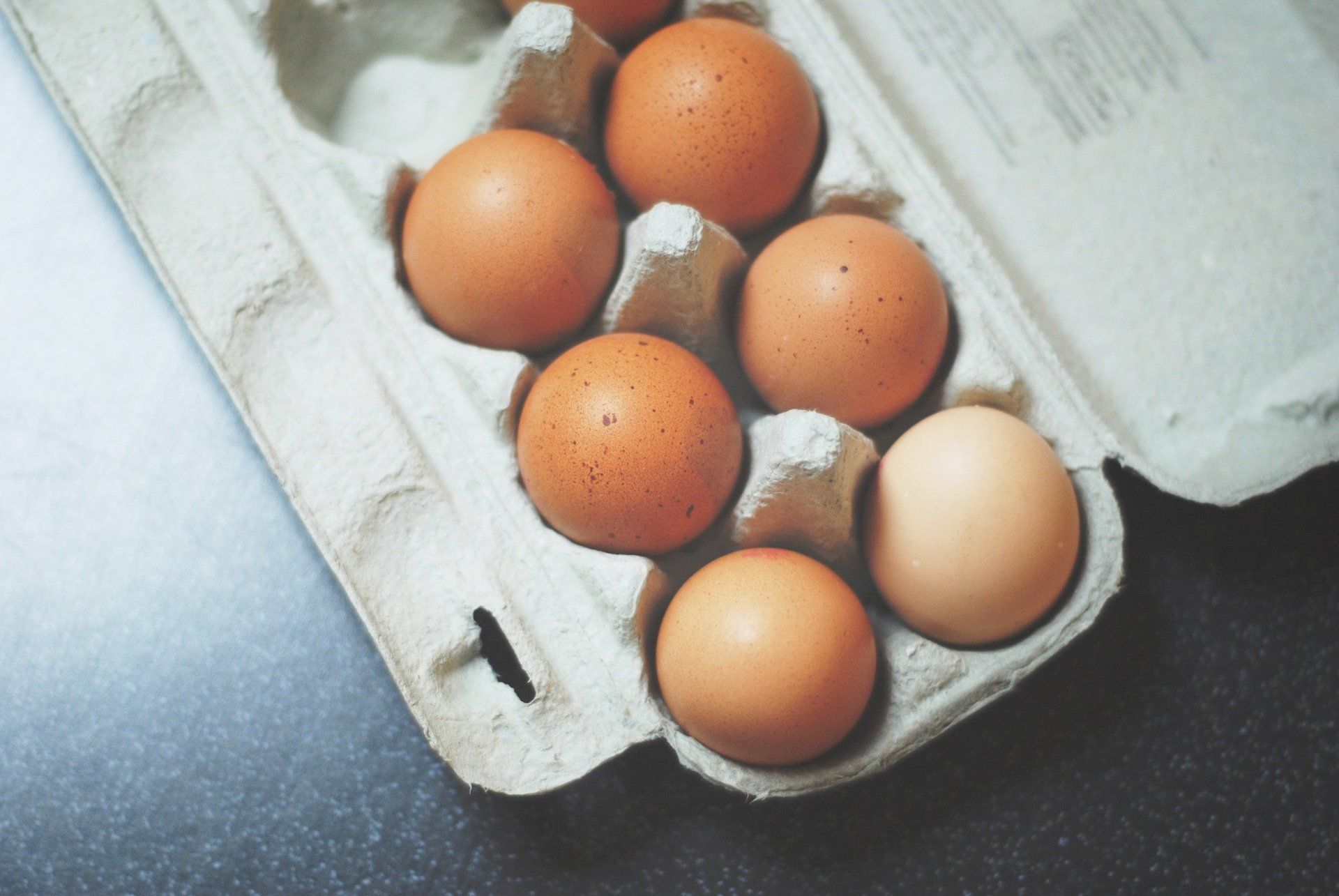What’s Going on With My Gutters?
 Whether you just bought your home or had it for years, it pays to take a good look at your gutters about twice a year. You might be surprised what gets trapped and causes clogs. From natural debris, and disease bearing insects, to the completely unexpected, most of which can’t be seen until you look into them. Small critters like mice, rats, squirrels and nesting birds all love gutters which provide a measure of safety and shelter. Industrious birds can also create rather sturdy nests in downspouts, so it does pay to keep your gutters clean.
Whether you just bought your home or had it for years, it pays to take a good look at your gutters about twice a year. You might be surprised what gets trapped and causes clogs. From natural debris, and disease bearing insects, to the completely unexpected, most of which can’t be seen until you look into them. Small critters like mice, rats, squirrels and nesting birds all love gutters which provide a measure of safety and shelter. Industrious birds can also create rather sturdy nests in downspouts, so it does pay to keep your gutters clean.
Don’t Turn a Blind Eye
Letting gutters take care of themselves can also lead to unexpected and detrimental growth. Twigs, branches, and leaves break down over time. Allowing debris to accumulate can provide the right kind of medium for seedpods and moss to take root. Anything in your gutters can stop or slow the drainage from your roof and cause a myriad of problems for your home.
Ideally, water and snow melt run off your roof into the gutters, traveling through the down spout and away from the foundation of your home via splash blocks or rain tiles. If any part of the system fails at any point along the way, it’s only a matter of time before other problems arise.
Avoiding Potential Problems
Clogged, bent, bowed, and incorrectly inclined gutters can cause water to collect, over exposing the wood of your home to excess water. The longer the condition goes uncorrected, the more damage it can do to your roof. It can cause gutters to rust through, wood rot, and weakening of the roof structure. Additionally, over full gutters can bow accumulating more water than they were intended to handle. A gallon of water equals 8 lbs. That weight can cause them to bend and pull away leaving wood fascia exposed or gutters may collapse.
If gutters get clogged, they’re not likely to clear on their own. The risks of overfull gutters could mean ceiling and wall leaks. If this happens, water can damage the interior of your home, including ceilings and walls as well as whatever is beneath the leak, including furniture, electronics, and flooring. If wires exist in the wall, contact with water can cause sparking which can lead to fire.
On the exterior, water spilling over can damage fascia boards or architectural elements below (doors, door frames, windows and window frames, or patio) which aren’t designed to endure that sort of exposure. Worst of all, water causes erosion and foundations can be seriously compromised.
Freezing Weather Reveals Problems
In winter, even more severe problems can occur: Ice dams. When your roof gets warm from the heat in your attic, it melts the underside of any snow. That meltwater trickles down your shingles until it reaches the eaves. Since the eaves extend beyond the warmth of the house, the water freezes again. Eventually, the water can build up to form an ice dam. The flatter the pitch of your roof, the more likely this is to occur. If the water does make it to the gutter, it can also refreeze there. A frozen backed up gutter can also put a lot of weight on your gutters and allow snow melt to run over the gutter, result in those pretty icicles that sparkle in the winter sun. Beautiful as they might be, they’re dangerous to your home and anyone standing below them. They signify that your gutters fail to drain correctly. According to Todd Miller , there preventative steps to avoid this.
If you don’t feel like checking your gutters is something you want to deal with in the spring and fall, professional services may be your best alternative. It might become your favorite check to write.
Comments and suggestions? Found something unique in your gutters? Please share your comments with us on Facebook. We invite you to stop by our website OhioCapitalMortgage.com.











